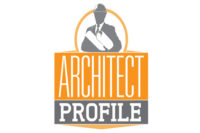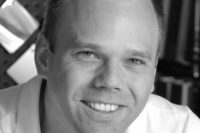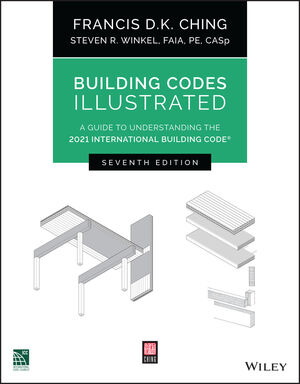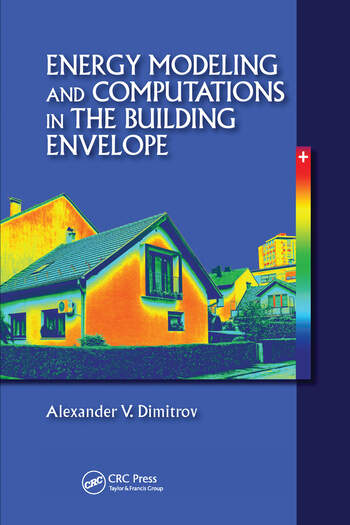Building Professoinal of the Month: Travis Lucy, AIA, LEED AP BD+C
Meet Travis Lucy, an Associate at McKinney York Architects.








After graduating cum laude from Texas A&M University and then receiving a Master of Architecture at Southern California Institute of Architecture, Travis Lucy joined McKinney York Architects in 2008 and became an Associate in 2011. The Austin, Texas firm focuses on designing timeless buildings across the full spectrum of both residential and institutional properties.
With a strong interest in emerging digital technologies, Lucy has worked on large institutional projects like the Ministry Activity Center at Lake Travis United Methodist Church. He has also served as Project Manager for renovation to the Jackson School of Geosciences on the University of Texas at Austin campus projected to obtain LEED-CI Gold. Read the full interview to learn more.
Building Envelope: How many years do you have in the profession?
Lucy: 12
Building Envelope: What is your work history in this field?
Lucy: I started with Alexander + Associates, a small design office located here in Austin. Graduate school took me to Los Angeles where I worked with the California Housing Finance Agency’s architectural department, assisting in the design & development of low-income & senior housing projects. I returned to Texas and spent 3 years in San Antonio with Sprinkle Robey Architects, before returning to Austin, my hometown, in 2008 and joining McKinney York Architects.
Building Envelope: Where did you go to school?
Lucy: I graduated from Texas A&M with a Bachelor of Environmental Design in 1999 and received a Master of Architecture from the Southern California Institute of Architecture (SCI_Arc) in 2004.
Building Envelope: Did you have a specialization?
Lucy: No. Texas A&M and SCI_Arc could be characterized as polar opposites with respect to emphasis and character within the landscape of US architectural education, but they do share at least one common focus: the application of emerging digital technologies to design & construction practices. I wouldn’t go so far as to call this a ‘specialization’, but it continues to be an area of interest for me in my work.
Building Envelope: Do you approach architecture from an artistic or functional starting point? Are the two concepts exclusive?
Lucy: Ideally, the two are so well intertwined as to be inseparable: aesthetics derived from purpose, and function realized in a rewarding & pleasing way.
Building Envelope: If any, who are your role models?
Lucy: I was fortunate to study under Wes Jones (Jones Partners Architecture) at SCI_Arc. As evidenced in his practice and writing, Wes possesses a sharply focused and rigorously reasoned design identity, but unlike some instructors, he seemed to have no interest in imposing these personal values and ideas on his students. Instead, he helped me to distill and hone my own ideas about the architecture I wanted to pursue. His thoughtful guidance was invaluable.
Building Envelope: What projects, other than your own work, do you find inspiring?
Lucy: Many! This week, I’ve been inspired by the work of a Brazilian architect by the name of Marcio Kogan, of Studio MK27. His work demonstrates a beautiful & delicate approach to site, climate, and context. I’m also interested in Peter Gluck’s unique brand of architect-led design/build.
Building Envelope: How many buildings have you designed?
Lucy: I’ve probably been involved in some capacity in the design of around 50. If we’re counting Legos and blocks with my kids, double or triple it.
Building Envelope: If you had to choose one to represent your work, what project would you choose?
Lucy: McKinney York’s recently completed Holland Family Student Center for the Jackson School of Geosciences at UT Austin. To me, it represents a highly customized client-specific solution to a challenging design problem. This renovation to an existing campus building simultaneously preserves the aesthetic fabric of the campus, while also establishing a strong outward presence and identity that the building had previously lacked. The project achieved LEED Gold and features some innovative sustainability strategies that we’re very proud of.
Building Envelope: What are your guiding principles when designing a structure?
Lucy: Understanding the owner’s goals, the site’s capabilities, and what the budget will support.
Building Envelope: If you could have any building to redesign—anywhere in the world—which would you like to address?
Lucy: The first home my wife & I purchased together: a 1920s Victorian in the Beacon Hill neighborhood of San Antonio. To call it a ‘fixer-upper’ would be generous; not a square inch didn’t require attention as we tried to nurse it back to health. With a lot of work yet to be done but light at the end of the tunnel, it was time to uproot, sell and head to Austin. That house represents unfinished business and unrealized potential that still nags at me.
Building Envelope: What types of products interest you?
Lucy: Locally sourced and manufactured materials that are designed for durability and a long useful lifespan. These particular aspects of sustainability can’t be overvalued.
Building Envelope: What types of products in the wall and ceiling industry really interest you?
Lucy: No personal experience (yet), but I’m intrigued by photocatalytic treatments in concrete and glass, to create self-cleaning surfaces. Also, extreme hydrophobic & oleophobic finish coatings, which, if you believe the YouTube videos, appear to make virtually any material immune to moisture penetration or oil staining. You can probably deduce from these answers that I’ve been spending a lot of time recently on higher-education projects, where durability and ease of maintenance are very high priorities!
Looking for a reprint of this article?
From high-res PDFs to custom plaques, order your copy today!












